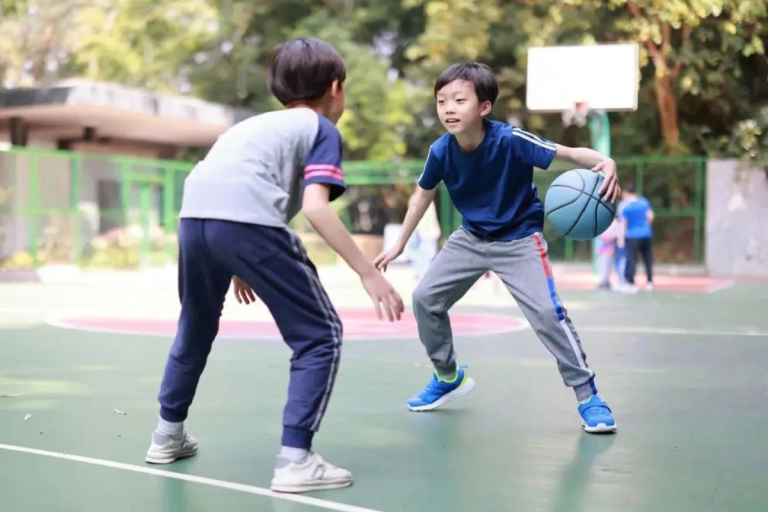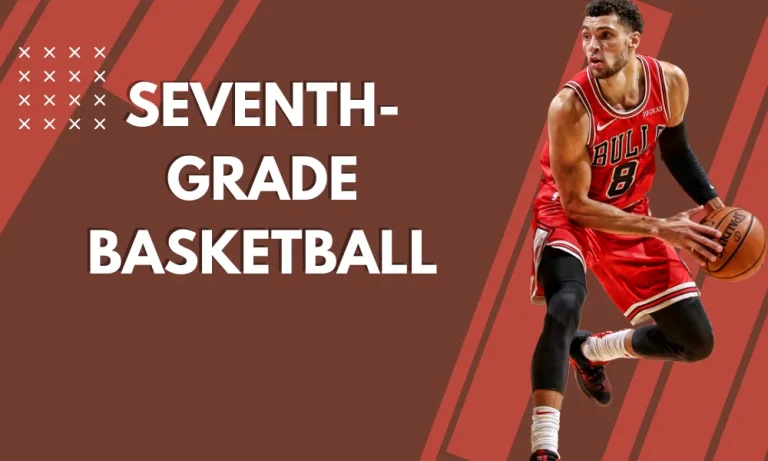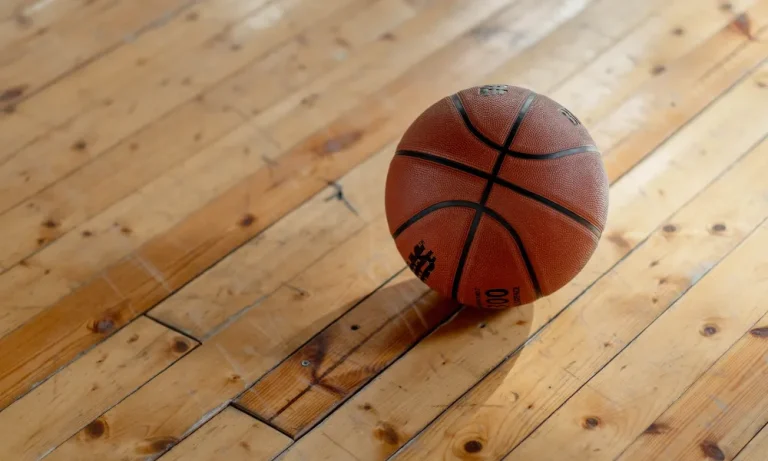Can You Use Badminton Shoes In Other Sports?
Are you a sports enthusiast looking to maximize your performance on the field? Are you wondering if your trusty badminton shoes could be your go-to footwear for other sports? Well, you’re in the right place! In this blog post, we’ll dive into the world of badminton shoes and explore their potential beyond the court.
Exploring Shoe Characteristics
Regarding badminton shoes, their design elements play a crucial role in enhancing performance on the court.
Lightweight Construction for Swift Movements
One of the key features of badminton shoes is their lightweight construction. These shoes are designed to minimize weight, allowing players to move swiftly and effortlessly across the court.
The reduced weight enables quick footwork, agile movements, and enhanced speed, giving players a competitive edge.
Non-Marking Soles for Court Integrity
Badminton shoes have non-marking soles, leaving no scuff marks on indoor court surfaces. This feature is crucial for maintaining the playing area’s integrity and ensuring a level playing field for all competitors.
It also prevents accidental slips and provides players with stability for quick and precise movements.
Grip Patterns for Traction and Stability
The grip patterns on the outsoles of badminton shoes are specifically designed to provide excellent traction and stability during gameplay.
These patterns offer optimal grip on indoor court surfaces, allowing players to make quick lateral movements, sudden changes in direction, and powerful jumps without the fear of slipping.
The enhanced traction ensures better control over movements, contributing to improved performance on the court.
Compared with Other Sports Shoes
While badminton shoes possess unique characteristics, comparing them with shoes for other sports is essential. Unlike running shoes that prioritize cushioning and shock absorption, badminton shoes focus on lightweight construction and lateral stability.
Similarly, basketball shoes may prioritize ankle support and cushioning for jumping, while badminton shoes prioritize agility and quick movements.
Using Badminton Shoes in Other Sports
While badminton shoes are specifically designed for the demands of the game, they can also be suitable for various other sports.
Suitability of Badminton Shoes in Different Sports
- Volleyball: Badminton shoes can be a viable option for volleyball due to their lightweight construction and excellent lateral stability. However, they may lack the necessary cushioning and impact absorption for the frequent jumping involved in volleyball.
- Tennis: Badminton shoes can offer advantages in tennis with their lightweight design and quick movements. However, they may need to provide a different level of durability and support for the rigorous side-to-side movements and impact on hard tennis courts.
- Squash: Badminton shoes are often considered suitable for squash due to their lightweight construction, grip patterns, and lateral stability. Many squash players find badminton shoes provide the necessary agility and traction on the court.
- Table Tennis: Badminton shoes can be a good option for table tennis as they offer lightweight support and quick movements. However, table tennis-specific shoes may provide better grip and stability during quick lateral movements.
Real-Life Examples and Testimonials
Several athletes have successfully used badminton shoes in other sports. For example, some volleyball players have found that badminton shoes allow them to move quickly and maintain stability on the court. Similarly, tennis players have reported using badminton shoes for their agility and lightweight feel during matches.
However, it’s important to note that individual preferences and playing styles may vary. Some athletes may find badminton shoes suitable for their needs in other sports, while others may prefer sport-specific footwear.
Potential Limitations and Risks
While using badminton shoes in other sports can offer certain advantages, it’s important to consider the potential limitations and risks involved.
Drawbacks of Using Badminton Shoes in Other Sports
- Cushioning and Shock Absorption: Badminton shoes may not provide the same cushioning and shock absorption required in sports involving frequent jumping or high-impact movements, such as basketball or running.
- Durability: Badminton shoes are designed for the specific movements and surfaces of badminton courts. Using them on different surfaces, like hard tennis courts or outdoor basketball courts, may result in faster wear and tear, reducing lifespan.
Risk of Injury and Reduced Performance
Using badminton shoes in other sports can pose a risk of injury and potentially hinder performance. The mismatch in shoe design and sport-specific requirements may lead to:
- Lack of Support: Badminton shoes may not provide the necessary ankle support required in sports like basketball or volleyball, increasing the risk of sprains or other injuries.
- Traction Issues: The grip patterns on badminton shoes may not be optimized for the surfaces of other sports, potentially affecting stability and traction, resulting in slips or falls.
Recommending Caution and Expert Advice
To mitigate the risks and limitations, it is advisable to exercise caution and seek expert advice before using badminton shoes in other sports. Consulting with coaches, trainers, or experienced athletes can provide valuable insights and recommendations based on their knowledge and experience.
Alternatives and Adaptations
If using badminton shoes in other sports doesn’t meet your specific requirements, alternative footwear options exist.
Alternative Footwear Options
- Volleyball: Look for volleyball-specific shoes with enhanced cushioning and jumping and landing support.
- Tennis: Opt for shoes that provide durability, stability, and traction on various court surfaces.
- Squash: Consider squash shoes that offer excellent grip, lateral support, and cushioning for quick movements on the court.
- Table Tennis: Look for shoes that provide grip, stability, and quick responsiveness for precise footwork.
Adapting Badminton Shoes
If you’re determined to use your badminton shoes in other sports, there are a few modifications or customization options to explore:
- Insoles: Adding sport-specific insoles can enhance cushioning and support where your badminton shoes may be lacking.
- Grip Enhancers: Applying grip enhancers or traction pads to the outsoles of your badminton shoes can improve traction on different surfaces.
Tips and Resources
Here are some tips and resources for repurposing your badminton shoes:
- Seek Expert Advice: Consult with coaches, trainers, or footwear specialists who can guide repurposing badminton shoes or suggest suitable alternatives.
- Research Online: Look for online forums or communities where athletes share their experiences and recommendations for using badminton shoes in other sports.
FAQs: Can You Use Badminton Shoes In Other Sports?
Can I use badminton shoes for running or jogging?
Badminton shoes are not designed for the repetitive impact and cushioning required in running or jogging. It is recommended to use running shoes specifically designed for these activities.
Are badminton shoes suitable for basketball or soccer?
Edmonton shoes lack the ankle support and traction needed for quick lateral movements and sudden stops in basketball or soccer. It is advisable to use sport-specific shoes for these sports.
Can I wear badminton shoes for hiking or outdoor activities?
Badminton shoes may not provide the grip, durability, and ankle support required for hiking or outdoor activities. It is recommended to use hiking or outdoor shoes designed for rugged terrains.
Are badminton shoes appropriate for weightlifting or gym workouts?
Badminton shoes may lack the stability and support needed for weightlifting or intense gym workouts. Using weightlifting or cross-training shoes that offer better stability and traction is advisable.
Can badminton shoes be used for casual walking or everyday wear?
While badminton shoes may be comfortable for casual walking, they are not specifically designed for extended periods of walking or everyday wear. Opting for walking or lifestyle shoes that provide proper cushioning and support is better.
Conclusion
While using badminton shoes in other sports may be tempting, it’s important to consider the limitations and potential risks involved.
The mismatch in shoe design and sport-specific requirements can lead to injury and reduced performance. Exploring alternative footwear options or seeking expert advice is crucial for optimal safety and performance in any sport.





